Melon is a berry, fruit or vegetable
There are few people who have never tasted the juicy pulp of a melon in their life, have not admired its pronounced taste and aroma. Now you can find this "Asian" on supermarket shelves in any season.
However, not everyone knows how the melon ripens, how it grows. Therefore, the question remains: is the melon a berry or a fruit? Or maybe a vegetable?
The content of the article
"Fruit and berry question"
Melon is a foreigner who came from hot Asian countries... In the folk traditions of the cultures of Central and Asia Minor, she is given an honorable place: celebrations are held in her honor, she is widely represented in folklore and local cuisine.
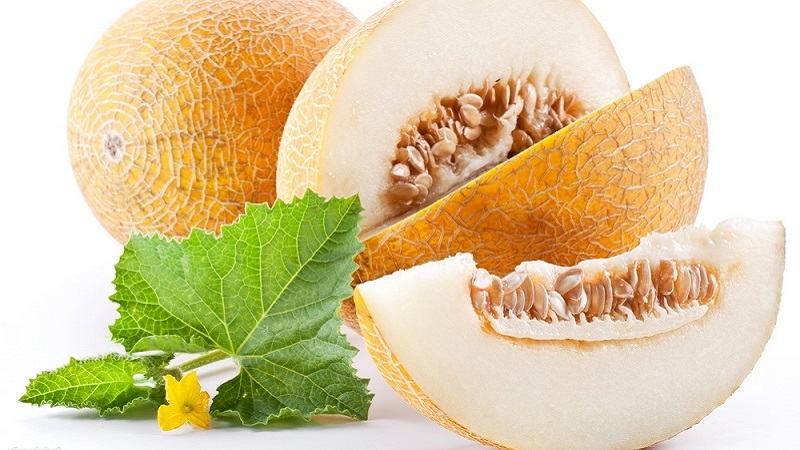
Its cultivation in these regions took centuries, because initially it was a very mediocre plantthat didn't make anyone want to eat it. However, thanks to long-term breeding work to improve its taste, people were able to enjoy a unique taste.
Read also:
Characteristic
It's no wonder melon tends to be thought of as a fruit.... It is either round or oval in shape (however, there are also serpentine ones, but this is a great rarity). The color of the peel is the most “fruity” - from bright yellow to brownish green. Large melon specimens weigh 15-18 kg. Whatever one may say - the fruits are bright, sweet and fragrant. Isn't it a fruit? Indeed, if we assume that fruits are juicy, sweet fruits of plants, melon undoubtedly belongs to them.
It is interesting. The beauty record holder weighing 200 kg was raised by an Australian farmer in 2009.
On the other hand, it belongs to annual herbaceous, the stems of which creep along the ground, antennae finding an acceptable support for themselves, and in the juicy pulp there are many seeds, just like a berry, take at least a gooseberry or strawberry. Some melon varieties have pronounced lobe stripes and are somewhat reminiscent of gooseberries. So what does melon refer to? In fact, everything is much more interesting.
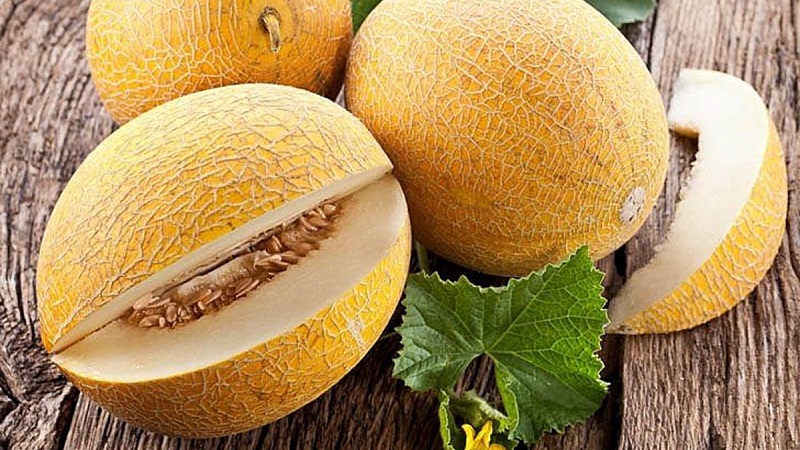
Melon cucumber comrade?
Not only a comrade. For all botanical characteristics, melon is a close relative of cucumber, and together they are from the pumpkin family. There are signs of nepotism.
Melon, like cucumber:
- long stem-liana with large leaves and antennae;
- similar leaf shape;
- the shape and color of the flowers are similar: on one melon stem, there can be flowers of both male (pistillate) and female (staminate) yellow flowers;
- roots are long, branched and strong;
- the pulp contains many oblong seeds.
Important to remember... Melon is a melon culture, a species of the genus cucumber, the pumpkin family. The melon fruit is called pumpkin.
That is, from a botanical point of view, a melon can rightfully be called a vegetable., as they call them, for example, pumpkin.
Melon princess
Melon is capricious and requires increased attention and care. It takes a lot of warmth and sunshine to grow sweet, aromatic fruits. At the same time, soil salinity is not important to it, even drought is not terrible, the main thing is that it is warm, light and not particularly humid: increased moisture will lead to the fact that the fruits will become watery and tasteless. These will fit only for livestock feed.
Melon cultivation is now ubiquitous... Thanks to the hard work of breeders who have created new cold-resistant varieties by grafting with pumpkin, the melon grows even in the northern regions of Russia.
With proper care and watering, it begins to bloom in the middle of summer, and fruit ripening occurs in August or September. depending on the variety and growing conditions. The yield of one melon vine reaches from two to six pumpkins.
Varieties
Over the centuries-old history of the cultivation of this plant, a great many varieties have been created.... There are over 300 varieties of Turkmen melon alone, and there are also Uzbek, Crimean, Astrakhan and so on on the list.
Here are the ones that have taken root well in the conditions of the Middle Lane:
- early ripening Zoryanka, Cinderella, Fairy Tale - two months after planting are enough for them to ripen;
- mid-season varieties of greenhouse melons - Assol, Zlato Scythians, Galilei, they ripen 80 days after planting.
But nevertheless, Turkmen and Uzbek melons, whatever you say, are true carriers of the special taste inherent in melons grown in dry Asian heat. (from +35). They are filled with bright sunlight and literally smell like a bouquet of honey aromas.
Especially famous are the Turkmen varieties Gulyabi, Vakharman, Garrygyz (autumn-winter type), Uzbek torpedo melons Mirzachulskaya and Raduzhnaya.
It will be interesting:
Tomato is a berry or vegetable: let's figure it out together
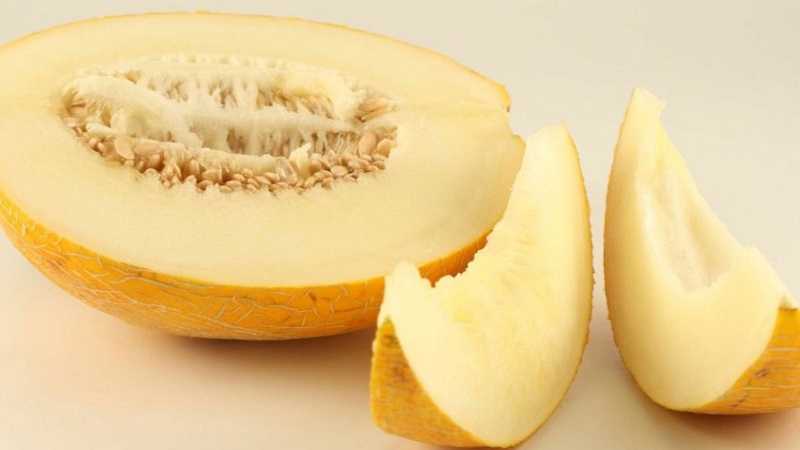
Melon and a healthy lifestyle
In the East, melon is considered not only a delicacy, but also a healing plant.... Moreover, for recovery, not only pulp is used, but seeds and a crust. Modern science supports this belief, at least for pulp and seeds.
What is the use
Its pulp is a whole storehouse of vitamins, enzymes and trace elements... Their content fluctuates and depends on the variety, but the extensive chemical composition and the role of the "melon princess" in the healing of the body is not questioned. The presence of such important elements as potassium, calcium, magnesium helps to maintain the tone of the cardiovascular system.
Melon is rich in fiber and B vitamins: thiamine (B1), riboflavin (B2), folic acid (B9), which makes it especially valuable for strengthening the nervous system, normalizing the digestive process and improving metabolism.
It is recommended to consume this vegetable for those who suffer diseases of the kidneys and genitourinary system.
It also improves immunity, relieves stress, has a beneficial effect on blood quality.
100 g of the product contains:
- Vitamin C - 20 mg;
- Iodine - 2 mg;
- Iron - 1 mg;
- Zinc - 90 mcg;
- Phosphorus - 12 mg;
- Potassium - 118 mg;
- Calcium - 16 mg;
- Organic acids - 2 g;
- Sulfur - 10 mg.
Eating melon rind is believed to be beneficial for immunity as well, but this statement is not scientifically confirmed.
Melon seeds have a chemical composition similar to melon pulp... In folk medicine, they are used as a rejuvenating and potency-increasing agent. Recent studies by Russian scientists demonstrate the possibilities of processing melon seeds to obtain oil and additives to meat pates.
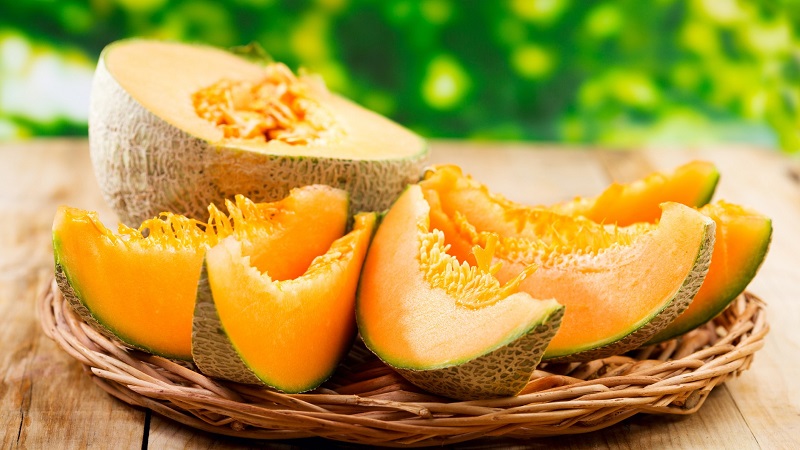
Can melon be harmful
Nutritionists recommend eating melon separately from other foods... This rule especially applies to those suffering from flatulence and gastrointestinal tract disorders. When combined with other foods, alcohol, milk, it does not have time to be absorbed into the intestines and causes fermentation, belching, and bloating. For the same reason, you should not eat large quantities of melon in one sitting.
It should be consumed with caution by patients with diabetes mellitus. (half a slice at a time, and with a very high blood sugar, it is not recommended at all). For people prone to allergic reactions, it is also unsafe. Allergy can manifest itself as itchy skin, reddening of certain areas of the skin, and skin rashes.
Do not advise it to patients with acute peptic ulcer disease... Breastfeeding mothers should also refrain from excessive consumption so as not to harm the baby's digestion.
Important! Melon can contain nitrates and other chemicals used in soil cultivation. She absorbs them very well, so if you consume too much of such a melon, you can get poisoned.
What about calories
At first glance, this beauty contains a lot of sugar.: Eaters' fingers stick together from the sweet juice of a ripe melon. What about those who want to lose weight or take care of their own health - not eat it at all?
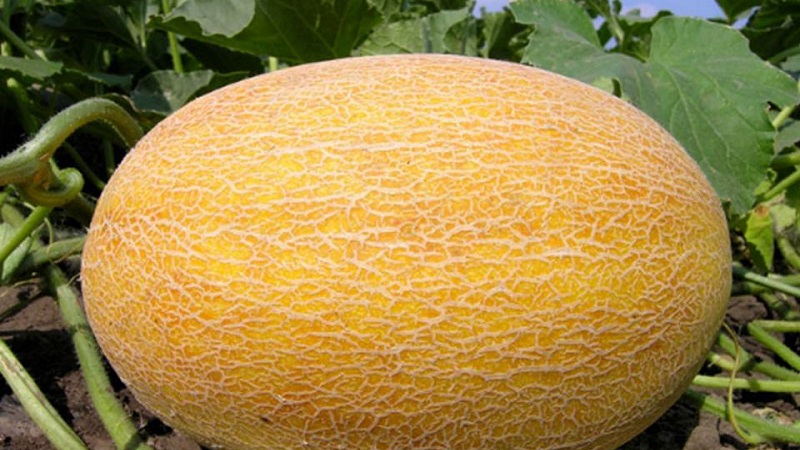
Nutritionists advise: eat for health! In 100 g of product, an average of 31 to 38 kcal, and if you stick to proper nutrition, then regularly consuming it raw, you can not only lose weight, but also rejuvenate, refresh your skin and tighten muscles.
An abundance of fiber, pectins and enzymes will help you to normalize the digestive tract, tone cardiovascular activity... 90% of the fruit is water, so the juice of a ripe melon, enriched with minerals and trace elements, will quench your thirst and help the body to remove toxins.
Even special diets have been developed that include melon in the menu.... They are especially relevant for those who want to lose weight. It is good to adhere to such diets in the summer-autumn season, when the harvest is ripe, because during this period melons represent a real treasury of vitamins and minerals necessary for the body.
Finally
So, "princess melon" from the point of view of botany is a vegetable of the pumpkin family, unique in its taste. It is a biologically valuable product with a high content of trace elements, minerals, enzymes and vitamins.
Melon is good for health, and for those who are determined to maintain a healthy lifestyle, it is simply an irreplaceable component in the menu, the main thing is to remember the rules of sensible nutrition, because each product should be consumed in moderation.
Thank you for the article. Very handy
Please come again.